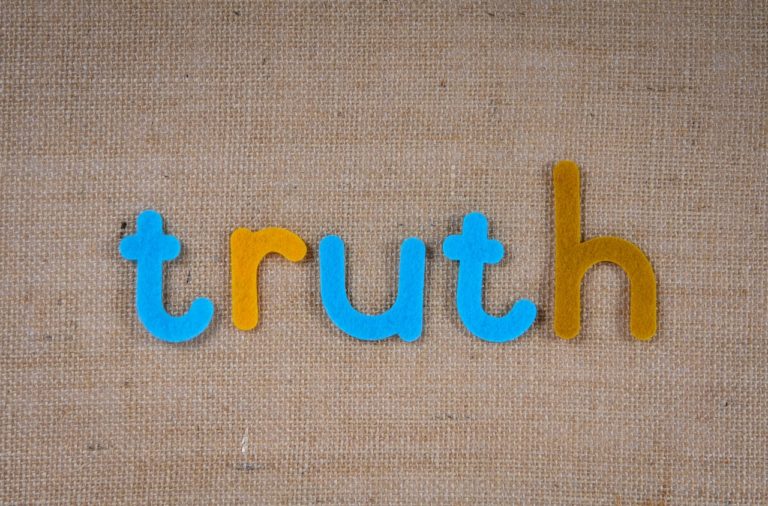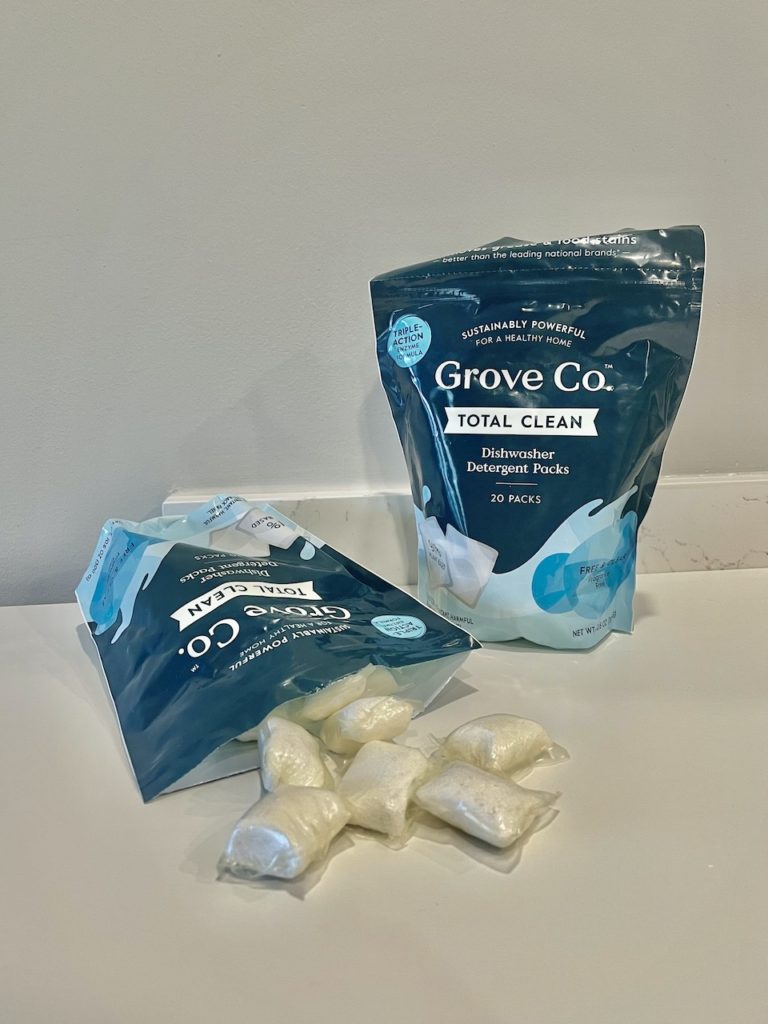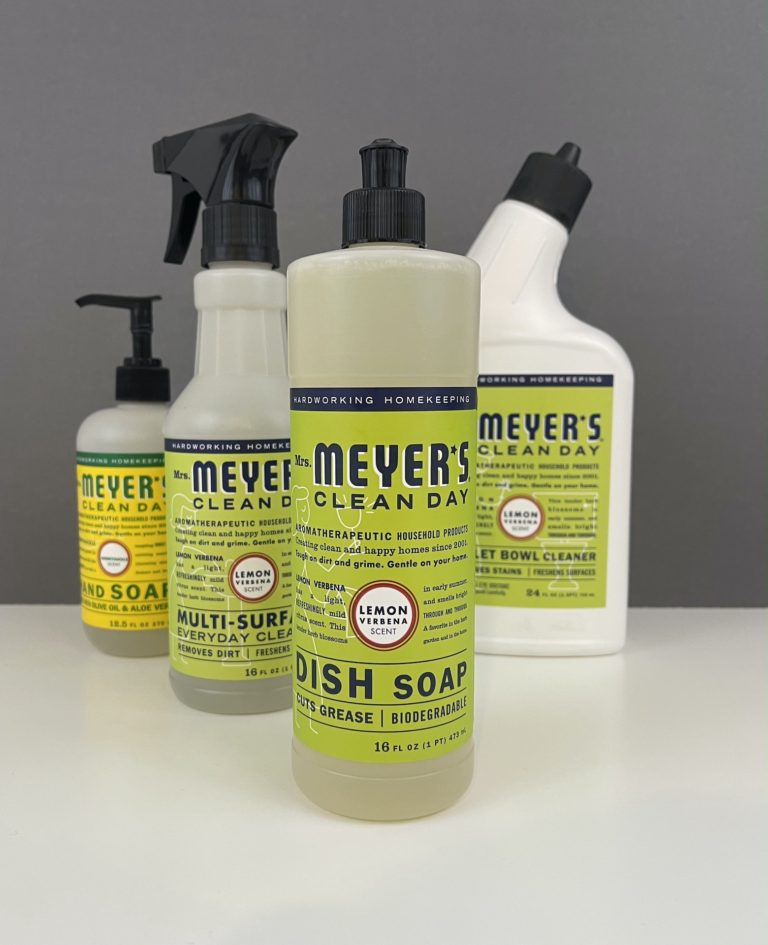Mission, vision, values! Yay! Who knew short and tucked-away business statements could be so fun? This post is going to cover all you need to know about mission statements, vision statements, and values in regards to companies and brands you buy from.
You might be asking, “Well Andrew, why should I care about these things?” That’s a good question. Normally, in your day-to-day life, you don’t care about this stuff. That’s actually why you might not have a clue about what these are or why they’re important.
Most companies will have one or more of these three things (the mission, vision, or values). But one thing about Sustainability is, we tend to care about consumer awareness a lot more than just any random person.
If you’re new to Sustainability, then this post will give you tools to use when you’re asking questions about which brands to buy and what products to purchase. If you’re not so new, this post will still help pull the curtain back on why these things matter to us as concerned shoppers.
No matter where you are in your journey, understanding these three things will help you navigate shopping in your everyday life. So let’s start with some background that isn’t specific to sustainability.
Background

Values
Let’s start with the easiest of the three, values. Values are exactly what they sound like, a statement and description of the company’s abstract values.
If a company has values publicly available, they are typically no longer than 2 or 3 words and those words are almost always very common. Think equity, justice, sustainability, innovation, integrity.
Yet, values are also often abstract. Not always, but often. It’d be very hard to describe “justice” or “innovation” with numbers or sales goals. So values will also typically be presented with a short description of how the company defines it.
Example of Values
Ben and Jerry’s is a great example here. They state that their values are, “human rights and dignity, support social and economic justice for historically marginalized communities, and protect and restore the Earth’s natural systems.”
Even that is a little wordy but right below the paragraph they have 3 separate images with a more concise version of the value and a short description of what it means to them. You should definitely check it out.

Mission Statement
Next up is the mission statement! If you search, “What is a mission statement?” Google will spit back a bunch of info. What I found is that one blog post says this, another says that, two more say neither this nor that, and I’m totally confused.
So I’m going to approach the mission and vision as I understand them. How I’ve come to understand mission and vision is influenced both by strong credible corporations and my formal education in professional writing.
Think of a mission statement as the what, the who, and the why. Every once and a while you might even see a when thrown into the mission statement but not too often. The mission statement will likely tell you who the company is, why they exist, and what they’re doing. Usually the mission is extremely short too. Like, maybe 3 or 4 sentences at the most.
I’ve underlined “likely,” because the mission statement I’m describing is a general rule of thumb. It’s what you can expect to come from a mission statement, but it won’t always be what a brand gives you.
Mission Statement Example
Blueland’s mission is, “…make it easy to be eco with innovative products in reusable packaging that are convenient, effective and affordable.” We know they are an “eco” company now. They exist to innovate while producing reusable packaging . And, they’re working to make eco products “convenient, effective, and affordable.”
The what and the why are a little hard to distinguish in this one. As I read it, convenient, effective, and affordable make the most sense as the “why” part. They exist in response to the lack of convenient, effective, and affordable options on the market. In other words, they’re trying to fill that empty space.
From there, the “what” has to be “to innovate while producing reusable packaging.” That is, what they are doing. Having the “what” you do followed by the “why” also makes the most sense to me.

Vision Statement
The vision statement is really where you’ll get mixed Google results. I’ve even seen people claim the vision and mission are the same thing. To be clear, THEY ARE NOT.
The vision statement is a brief statement of the direction the company is headed in. Really, it’s a statement of who/what/where (any combination) they want to be at some point in the future. A strong vision statement should leave you feeling inspired.
Think of the vision as a glimpse into the future. Maybe like a psychic vision, but more like a vision board in just one sentence.
Vision Statement Example #1
First, Grove Collaborative. Grove’s vision statement is, “For the world we call home – The products that clean our countertops, clothes, and selves shouldn’t spoil the earth or our health. We’re creating a reality where household essentials of every kind are actually good for you and the world.”
Vision Statement Example #2
The second example is my own vision statement for this blog, “The vision for Sustainably is to be the guiding resource people use to make sustainable choices every day and to empower people to make those choices confidently so that we can all live in a better world.”
Grove’s brand is kind of broad, they make and sell a bunch of products across various industries (health, beauty, cleaning, etc.) so it makes sense that their vision is a little broad. But overall, they give you the impression that they’re working towards a good clean future.
My own vision statement is a little more specific. I tell you I want to be a resource and I want to empower. Plain and simple.

Separating the Mission from the Vision
The mission and vision are tricky things. Most of the time you’ll only find one and not the other. The vision statement can be especially hard to locate, making the mission statement your most likely find. I find values on websites even less both the vision and the mission.
That all goes to say, these things can be hard to find and completely absent in a lot of cases. It gets worse. Sometimes they aren’t even labeled clearly. So not only can they be tucked away on a website, you might only find either the vision or the mission, but you also might not know what you’re looking at. Not everyone is as nice as Blueland and says, “Our mission is…”
So I can totally understand why some people might think the vision and mission statements are the same thing. Some vision and mission statements combine the two. So let’s look at an example and use the definitions I’ve provided.
Example
Let’s look at Stasher’s mission statement. This mission statement reads to me like a mix of a vision and a mission. So what I want you to get from this example is: how to approach a mission/vision if it’s not labeled and how to interpret their language even though this example doesn’t seem to be a strong mission statement and wanders into vision statement territory.
Stasher says, “Our mission is to create a waste-free world through education, action and advocacy. We pledge 1% of all sales each year to nonprofits working to protect the planet. When we all work together, a brighter future is in the bag.”
The first sentence there is clear and sounds right for the mission statement. It tells you what they want to do and how. The second sentence is where things get strange. I’ve never seen a mission statement talk about financial donations. And then, the third and last sentence feels like a vision statement because they specifically reference the future and gesture toward unity.
Admittedly, the only reason I’m calling this their mission statement is because they say, “our mission.” Without that phrasing we’d have to guess. It does not feel like a mission statement and if they didn’t call it that I would never have said this was their mission.
The statement doesn’t really answer who they are, what they’re doing, or why. Stasher only creates reusable silicone bags at the moment so it’s not hard to figure out who they are. If you really have to work to answer the what, who, and why, then the “mission statement” isn’t doing what it’s supposed to according to my definition.

Why does this matter?
The main reason for why the mission, vision, and values matter is so that we can judge them as a company. Not judge in a mean high school cafeteria way, but really judge them as in evaluating their behavior and actions.
The mission, vision, and values kind of function as receipts. If your “best friend” says they’re your ride-or-die in a text but then stabs you in the back, you’d probably pull up those texts as receipts for why you expected different behavior. It’s all about accountability.
The same is true for companies, whether they’re small companies or big global corporations. If they say they’ve got the planet’s best interest in mind, but then go set it on fire, a vision/mission and values gives us the ability to ask the brand/company where the disconnect is. If they never claimed to be sustainable at all, then we have less ground to ask them why they’re doing this unsustainable thing.
Don’t get me wrong, we can and absolutely should pressure companies to answer questions about sustainability, but it’s much easier to do when they’ve already given us their word and built their name on certain promises.
Examples give us the best insight into why these things are important so I’ve got three very different examples all about mission, vision, values.
Example #1 (Why It Matters)
Here’s an example that I consider both good and bad.
Unilever’s vision is, “To make sustainable living commonplace.” That’s laughable. Unilever owns brands like Axe, Persil, Magnum (ice cream you dirty people), and Vaseline. Now raise your hand if any of these strike you as sustainable?
Unilever is a great example of how we can gauge a company’s actions based on where they said they want to go in the future. If a company’s vision is to make sustainability more commonplace, but they are one of the largest single-use plastic producers in American homes…we might start asking what sustainable means to them? Or what are you changing about your packaging in the immediate future? Amongst many other valid questions.
It’s also a bad example because Unilever has so far from a sustainable reputation, it’s actually hard for me to consider seriously holding them accountable to their vision.

Example #2 (Why It Matters)
Grove Collaborative has put more effort into transparency than I’ve ever seen anywhere else. To read more about that, you can check out my full Grove brand review. In an upcoming product review on their laundry pods, I make a note about how they’ve packaged them.
Grove’s own laundry and dish detergent pods come in a plastic bag. That seriously misses the mark for a company with an 80+ page sustainability report, of which has large sections devoted to plastic reduction across the entire company.
So you would naturally ask, why has Grove chosen to package those pods in plastic? Well, we could reach out and ask for an answer. You might even see journalists or someone else do that exact thing, and Grove might reference the company’s clear vision and mission as evidence that the decision to use plastic was a bad decision. The company clearly described single-use plastic as not sustainable.
But, because Grove is clear about it’s direction, we also know that they plan to have all single-use plastic eliminated from packaging by 2025. That’s very very soon. So I can expect that those pods won’t be wrapped in plastic for much longer.
If the clock strikes 12:00:01 am in 2025 and Grove still has those pods wrapped in plastic then we have to seriously question their dedication to sustainability and their trustworthiness. And their customers are going to expect a damn good explanation.
When Grove made that promise to eliminate plastic packaging by 2025, they made themselves accountable to all of us through a vision and mission statement. Not following through can damage an otherwise trustworthy brand. And that could hurt them in the wallet. Which is ultimately why, we can believe they won’t break their promise. But without the promise in the first place, we have nothing to hold them accountable to.
And with that, for the last example of why missions, visions, and values matter, let’s look at a company that never made a promise but people treat it like it did.

Example #3 (Why It Matters)
I’ve written a brand review for Mrs. Meyer’s as well, and I do not recommend their products. Check that post out to see more about why, but here I’m going to be referencing their marketing and my struggle to find a clear mission, vision, or values on their website.
Let’s start with vision. As I said, the vision statement often inspires you. Well, Mrs. Meyer’s seemed to flirt with the idea without actually committing to it. On their website you’ll find words like “passion” and “inspiration.” These words directly relate to what a vision statement would do, but there is no clear vision statement.
I also couldn’t find values, but they do reference them. You read that correctly, they reference values they’re company is founded on without actually telling you what they are. They say, “rooted it in the common sense values she [Mrs. Meyer’s] passed along to her kids.” They’re talking about the company here, being rooted in values. What values do you ask? The world may never know.
It seems that the About us section on the website wants to leave us with the impression that there is a vision for the company, there are values guiding their decisions, and they’re on a steadfast mission to accomplish their goals! But we have no idea what those values, that vision, or those goals are other than avoiding some specific ingredients (which they make very clear and easily accessible).
But! They’ve likely left you with the feeling that there’s more to their decisions than just money making, maybe there’s some no nonsense sustainability underneath there? That, my friend, is called fluff. And without the nitty gritty hard promise of a mission, vision, or values, we can’t really hold them accountable to much outside of the specific ingredients they claim to avoid.
I can’t say, “Hey! You’re in the green section of Target but you sell everything in single-use plastic bottles. What’s the deal?” They haven’t actually said anything to indicate they care about eliminating harmful packaging.
I can’t say, “Hey, you’re emitting a lot of carbon and you’re not offsetting it or working to change it. How come?” They’ve never made a claim that they care about their carbon footprint.
As you can see, without a vision, mission, or values, it’s harder to hold a company accountable for the things we want to see. The vision, mission, and values just help us understand a brand on a very basic level.



Final Thoughts
If you’re trying to understand a brand, figure out why a company made a certain decision, or just perform general research about a brand/product then vision, mission, and values can be very important. They help define the identity of the brand, and they tell you what the company is about and what their goals are.
The mission, vision, and values are meant to build trust. Having them is a good first step. But understanding what they’re supposed to communicate is the key to unlocking their use to you as a concerned shopper trying to make smart sustainable choices.
In the future, mission and vision statements, and values can certainly help guide your choices in deciding what to buy.
If you’ve made it this far in the post, I’m glad you’ve stuck around. I strive to make content that is useful for everyone and helps you in your sustainable journey. If you have serious questions or want to know more about this topic, I encourage you to reach out via the terms form. If you have a question, then chances are someone else does too. And, my vision is to be a resource.
Sustainably is supported by readers like you. When you buy through links on this site, we may earn an affiliate commission at no additional cost to you. You can read more about affiliate links on our “Affiliate Marketing…” page.
Pingback: Dr. Bronner's Bar Soap Review: Is It Good? - Sustainably